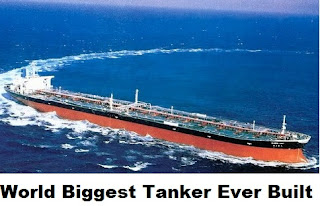Sea transportation has been the major means of transporting cargos and passenger international. Transporting cargos via sea has been found to be most safest way for havey cargos like Chemical, Oil, bulk cargos and others.
Mean while, we can still find some degrees of risk factors facing the sea transportation, and these risks are mainly casue by operators error. On this article, we will observe some example, list of ship operators error and other factors which can result to a big disaster to the ship operation.
As recorded, about 75-96% of marine accidents are caused by human errors and they occurs in these categories of operations and forms ;
• 84-88% mostly tanker accidents
• 79% towing vessel grounding
• 89-96% collisions
• 75% Allison's
•75% fires and explosions
 |
| Ship Collision |
When we talk about human errors, what do we mean? Human error are mostly described as being one of the followings:
• Improperly performed action
• Incorrect decision
• Improper lack of action
• Incompetent of ones duty
Probably the better way to explain human error is to provide examples from one real marine casualty's ; "Collision of Argentine freighter M/V Santa Cruz II and U.S. Coast Guard cutter Cuyahoga in Chesapeake Bay at the mouth of the Potomac River, Maryland, October 20, 1978."
That collision was an example of human error. According the witness "The cause of the casualty was that the commanding officer of the USCGC CUYAHOGA failed to properly identify the navigation lights displayed by the M/V SANTA CRUZ II. As a result he did not comprehend that the vessels were in a meeting situation and altered the CUYAHOGA's course to port taking his vessel into the path of the SANTA CRUZ II."













